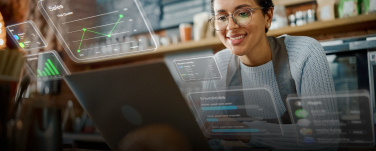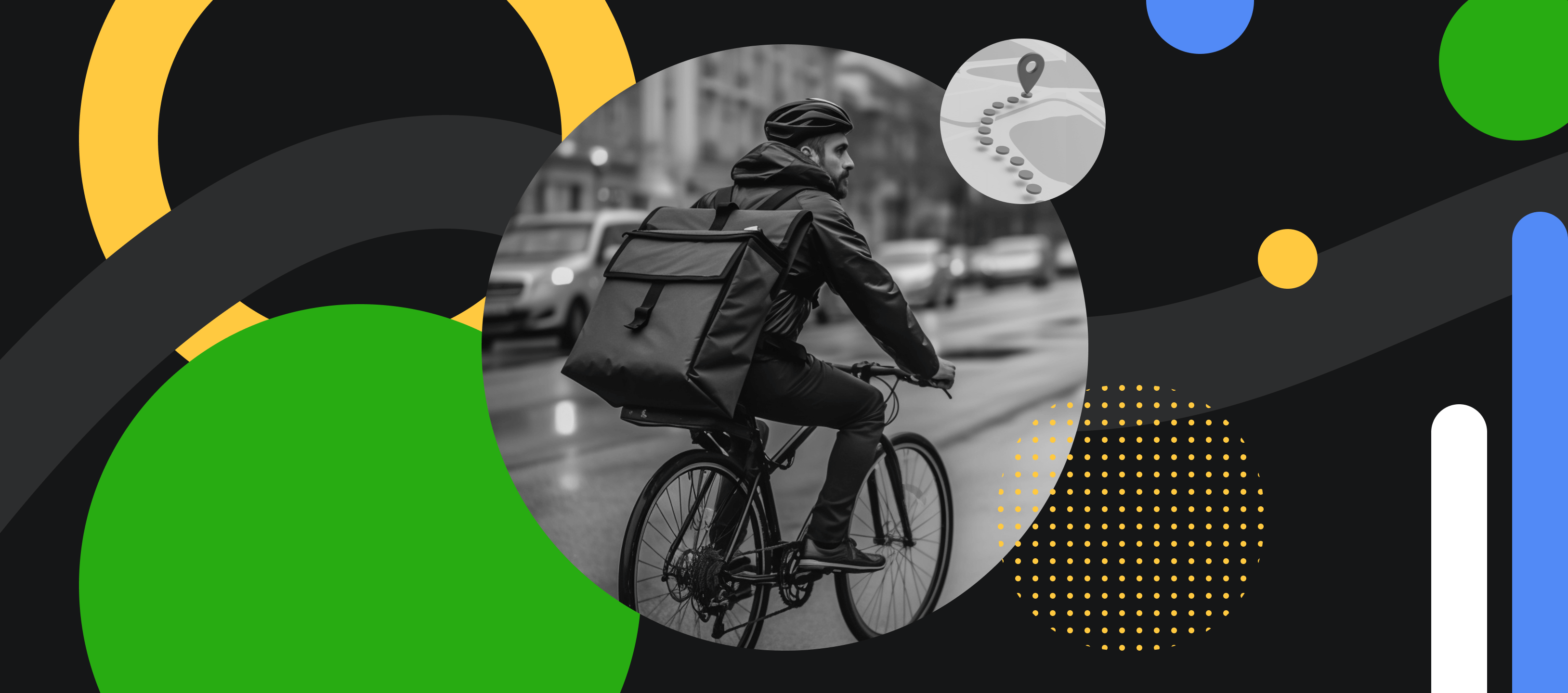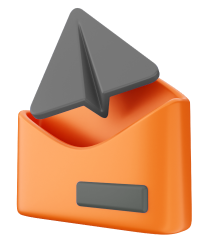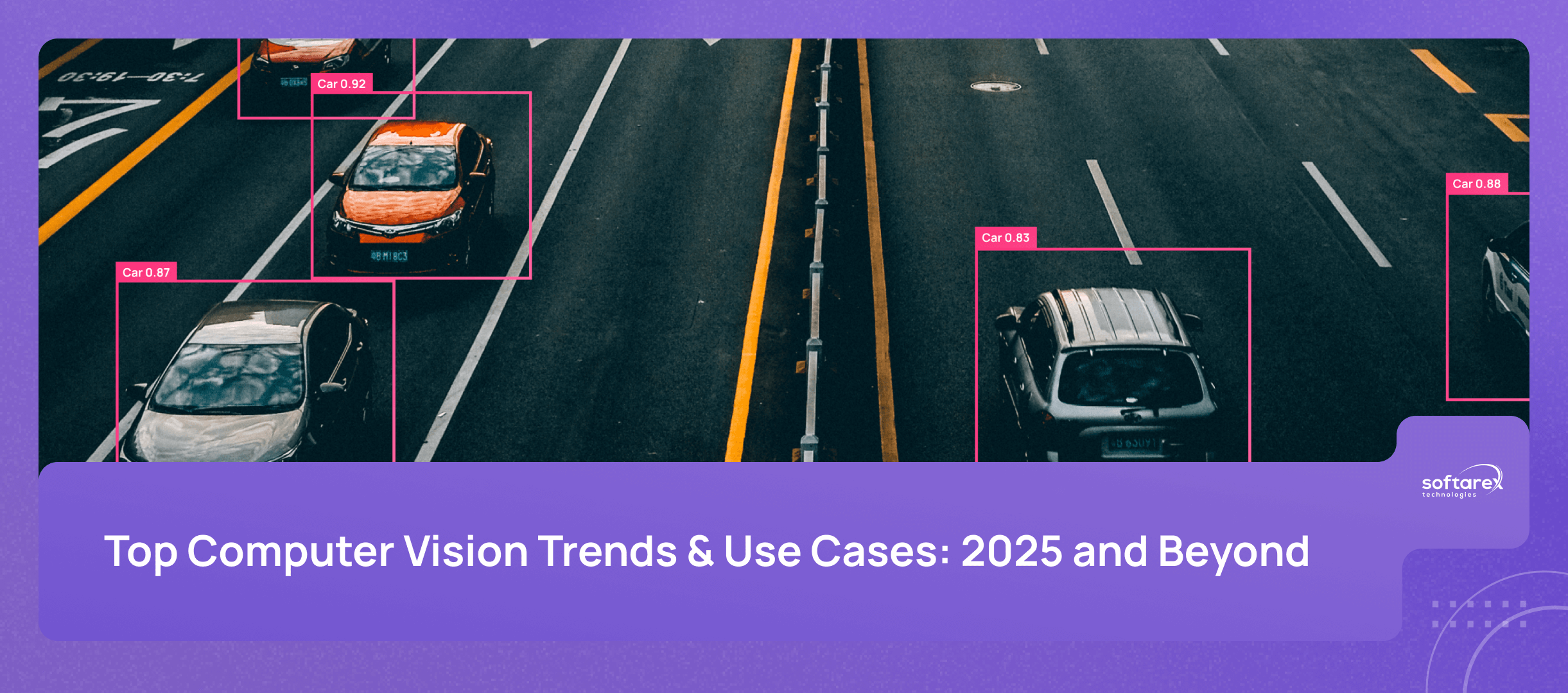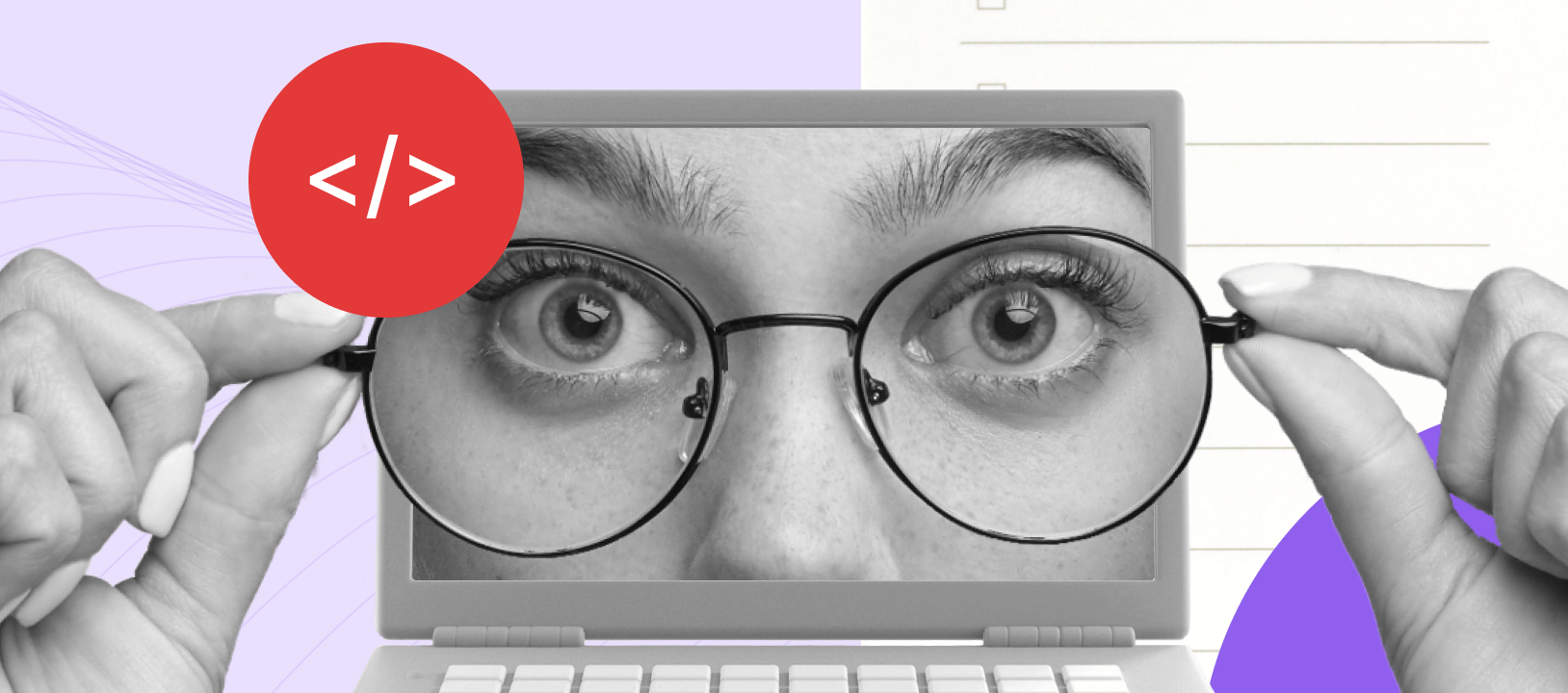Food delivery apps mark the rise of seamless and instant food ordering. With just a few taps on a smartphone, customers can have their favourite dishes delivered straight to their doorstep – a convenience that has become a cornerstone of modern living. In fact, 53% of survey respondents, and an even higher 64% of millennials, consider food delivery and takeaway to be “essential to the way they live”, highlighting just how ingrained these services have become in today’s lifestyle.
The numbers speak volumes about the explosive growth of the industry. By 2030, the global food delivery market is expected to reach $213 billion, driven by an ever-growing base of tech-savvy consumers. Millennials in particular are leading the charge, spending 30% more than other age groups on delivery services, with 71% ordering online at least once a week. Meanwhile, platforms such as DoorDash dominate more than half of the US market, and emerging regions such as India are set for exponential growth, with the market projected to more than double from $43.78 billion in 2024 to $92.50 billion by 2029.
In short, the market is ripe with opportunity. Whether you’re a restaurant/local shop/grocery store owner looking to create a custom delivery platform, or an entrepreneur looking to launch the next big app like Uber Eats, understanding how to navigate this booming industry is essential. This guide covers everything you need to know about developing food delivery apps – from market insights and essential features to technical strategies for success.
Market Research
Effective market research is crucial before developing a food delivery app, especially when you consider that 97% of the market is controlled by three major players – DoorDash, Uber Eats and Grubhub. Success in this competitive landscape requires a clear understanding of your target audience, whether you’re targeting a specific niche such as health-conscious consumers, or a broader market of convenience seekers.
Start by analyzing the demographics of your target audience, including age, income and location, while identifying the specific problems your app will solve. Study the competition to identify market gaps and opportunities, especially in specialized or local markets. Consider starting with a targeted approach, such as creating a dedicated app for an existing restaurant or targeting an underserved market segment, rather than competing directly with established platforms.
Remember to research customer preferences, current market trends and successful features of existing apps. This research-driven approach can help you create a service that resonates with your target users and fills a real market need.
Business Model
Before you start developing your app, you need to make an important decision: which business model will work best for your food delivery business? Let’s explore the three main approaches that dominate the market today.
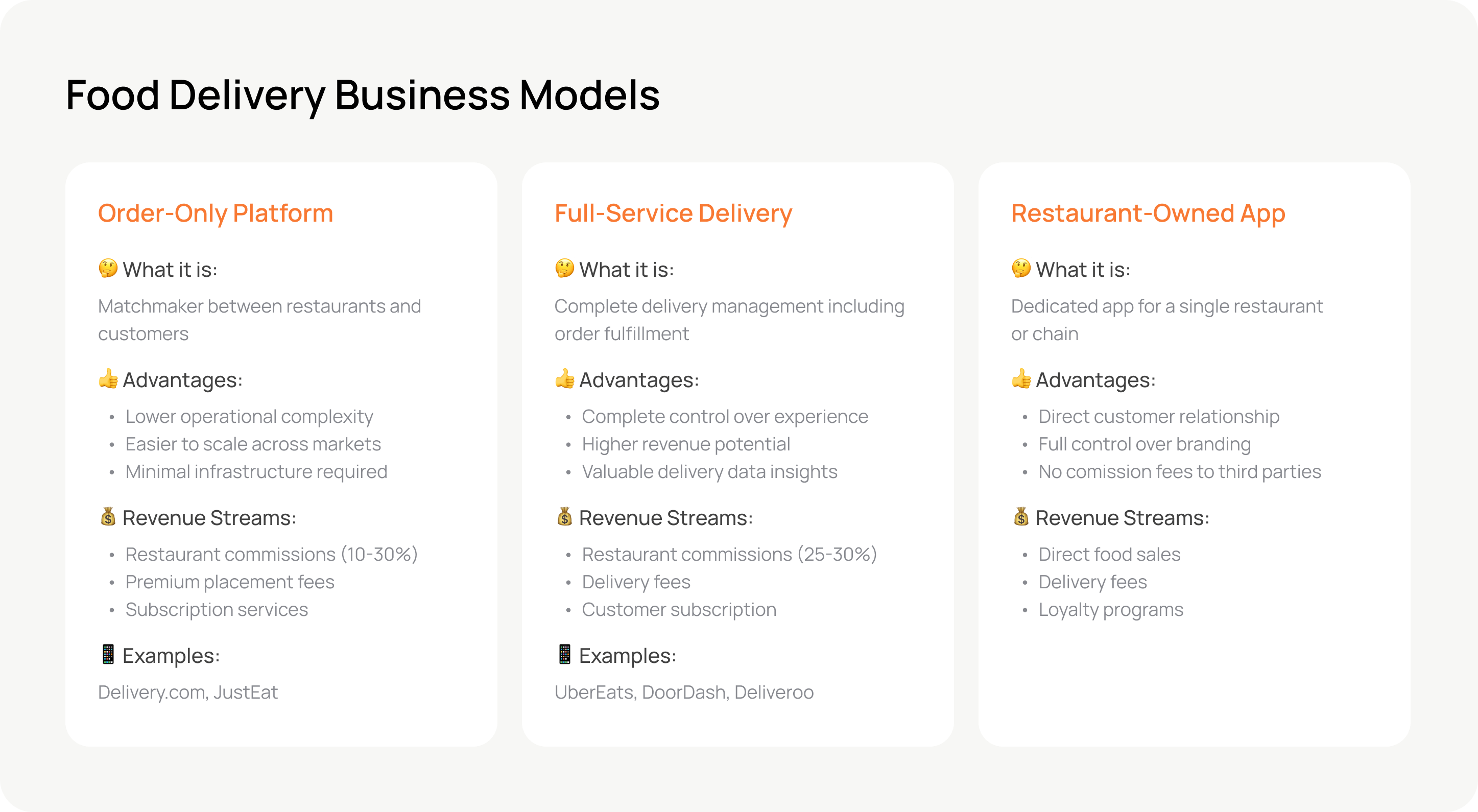
Consider starting with an order-only model if you’re new to the market. It’s more competitive, but requires less initial investment and operational complexity. You can always expand to full service delivery as you grow.
Choose your model based on your resources, market needs and long-term goals. Remember, successful platforms like DoorDash and UberEats started small and scaled over time.
Development Method
When it comes to developing a food delivery app, you have several options to consider.
- Using internal resources may seem cost-effective, but requires an experienced IT team in-house – a rare luxury for most restaurants and food businesses.
- Hiring individual developers can work for simple projects, but often lacks the comprehensive support required for complex applications.
- App-building software, while budget-friendly, typically offers limited customisation and scalability options, which are critical for food delivery platforms.
- Partnering with an app development company is proving to be the most reliable solution. This approach offers several key benefits: access to full-service development teams, comprehensive project management, cross-platform app development for iOS and Android platforms, UI/UX design for web and mobile, quality assurance and ongoing technical support. A professional development company brings valuable experience in navigating app store requirements, ensuring seamless deployment and maintaining the application after launch. With established processes for everything from initial wireframing to final testing, they can deliver a polished, market-ready product while minimising development risks.
As an experienced partner in food delivery app development, Softarex offers the expertise and comprehensive support needed to turn your concept into a successful application. Contact our team today to discuss your food delivery app idea and discover how we can help bring it to life.
Core Features and Functionality
When designing your food delivery app, focus on the essential features that directly serve your core business purpose. While it’s tempting to include every possible feature, simplicity and functionality should be your priorities. Here is an example of popular must-have features for a food delivery application:
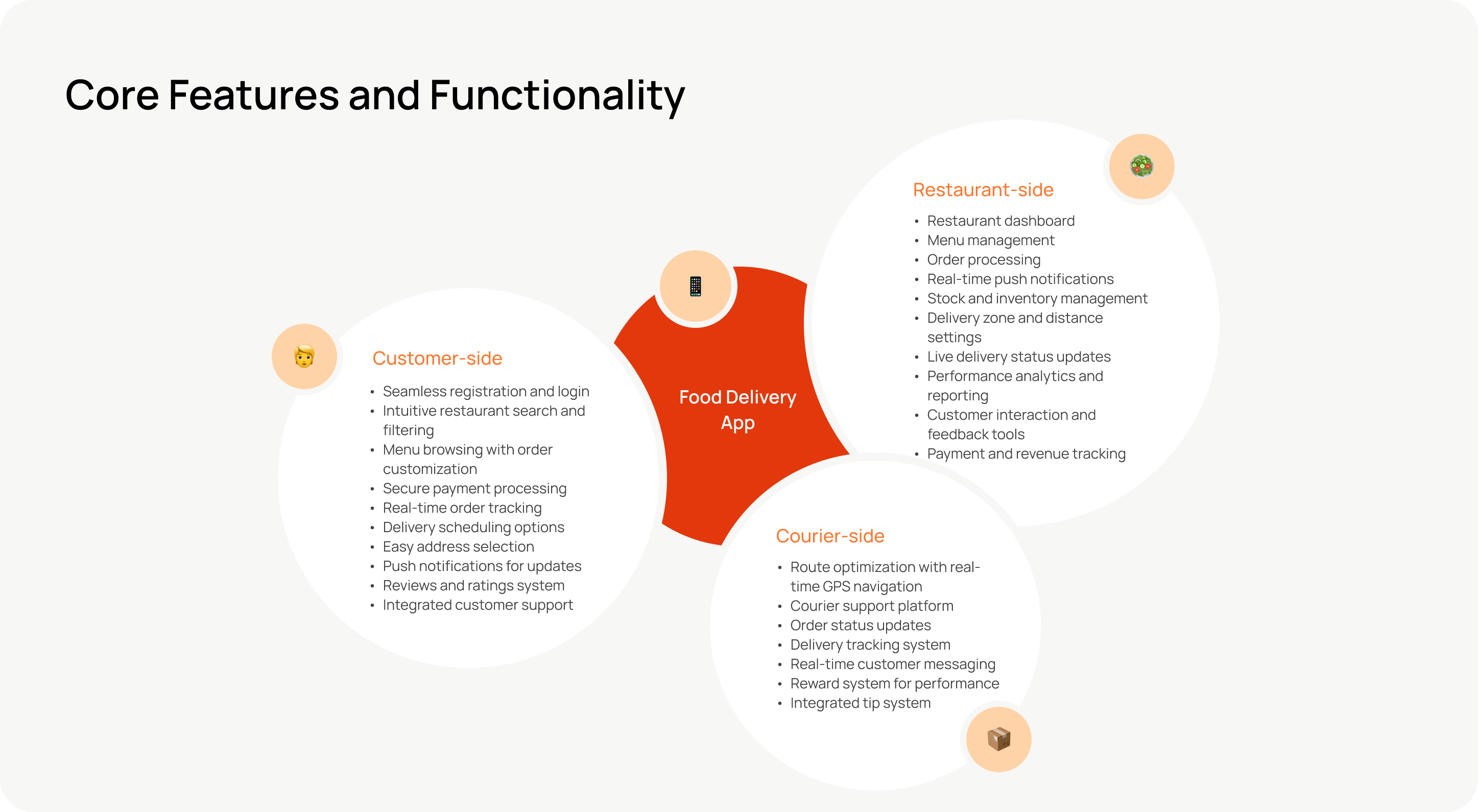
Tech Stack
Choosing the right technology stack is critical to the success of your food delivery app. Think of it as choosing the building blocks that will determine not only how your app works, but also its scalability, maintenance requirements and overall development costs. A well-chosen tech stack ensures smooth performance across all user touchpoints – from customers placing orders, to restaurants managing them, to drivers making deliveries.
Whether you’re building a platform for restaurants, grocery delivery, or a marketplace app like Uber Eats, the tech stack should be aligned with your business model and goals. To simplify the process, we’ve outlined the essential technologies for food delivery apps in the table below.
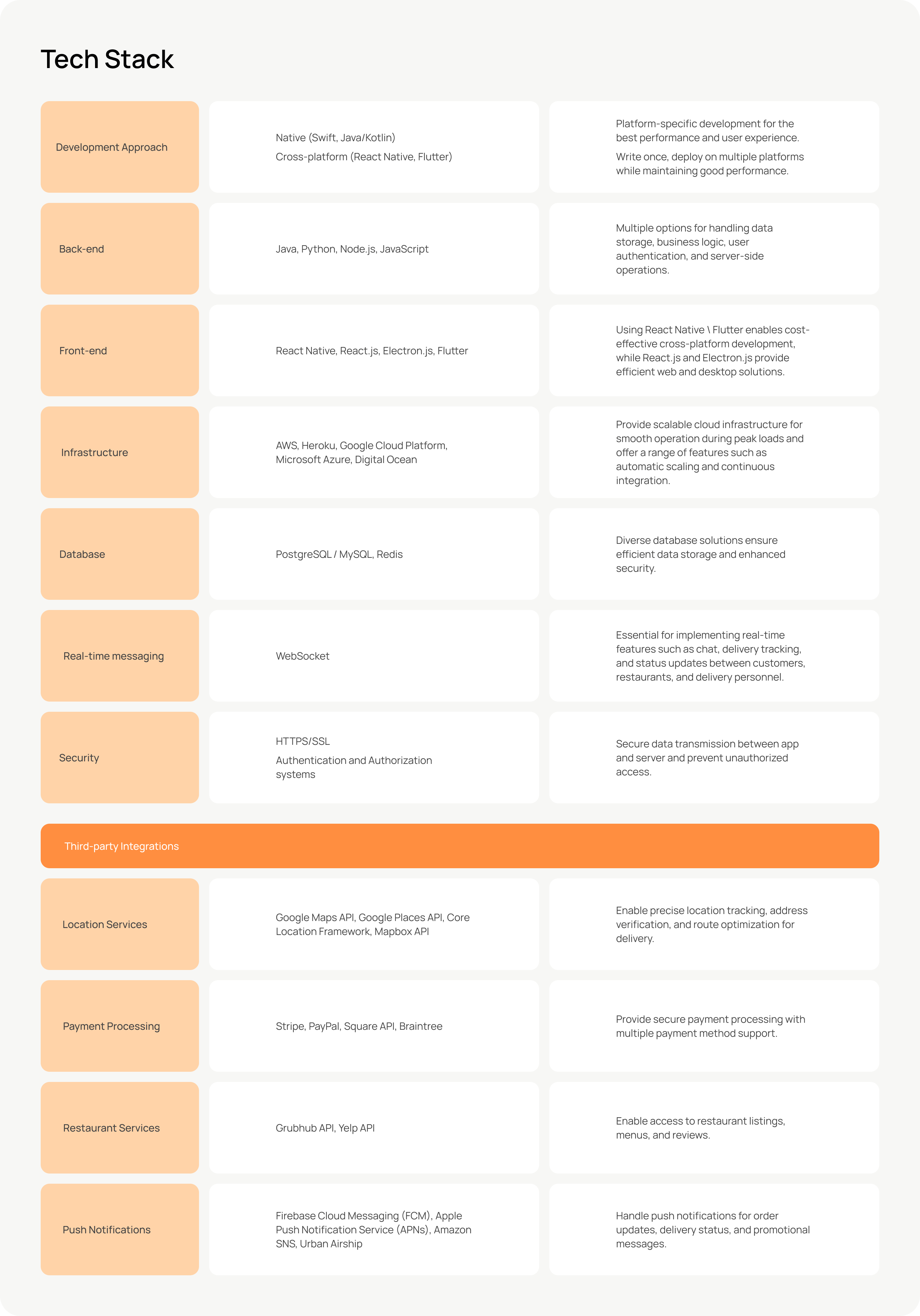
Food Delivery App Development Process
Creating a successful food delivery app requires a structured approach with clear stages, each of which contributes to the quality and market success of the final product. Let’s take a closer look at each stage:
Design and MVP Development
The journey begins with the creation of a minimum viable product (MVP) that includes essential functionality. This approach allows core functionality to be tested with real users, while maintaining a focus on basic requirements. The MVP should include basic ordering functionality, user authentication and a simple interface that allows for quick time to market and user feedback. This stage involves close collaboration with designers to ensure an intuitive user experience while keeping future scalability in mind.
Testing and Quality Assurance
Extensive testing is critical to the success of an application. This phase involves several types of testing: functional testing to verify feature performance, user experience testing to ensure intuitive navigation, security testing to protect user data, and compatibility testing across different devices and operating systems. Quality assurance specialists play a vital role in identifying and resolving potential issues before they reach end users.
Deployment and Launch
The launch phase requires careful planning and preparation. This includes meeting app store requirements for both iOS and Android platforms, ensuring server stability for the initial user influx, and preparing for potential technical challenges. A strategic approach to market entry may involve launching in specific locations first to gather real-world performance data.
Post-launch Activities
Post-launch success depends on active marketing efforts and continuous improvement. This includes implementing promotional strategies across multiple channels, gathering user feedback through reviews and analytics, and making iterative improvements based on user behaviour and preferences. Regular updates and feature enhancements keep the app competitive and responsive to user needs.
How Much Does Food Delivery App Development Cost?
The investment required for food delivery app development varies depending on the scope of the project and the business requirements. Let’s explore the key factors that influence the cost structure:
Cost Components
Development costs cover several key areas: UI/UX design, front-end and back-end development, project management and quality assurance. Each component requires dedicated time and expertise and contributes to the overall project budget.
Investment Range
Entry-level applications with core functionality typically require an investment starting at $20,000, while feature-rich solutions with advanced integrations can exceed $100,000. The final cost will depend on factors such as platform choice (iOS/Android), feature complexity and the location of the development team.
Resource Allocation
A thorough development process demands substantial resource allocation at each stage, from the initial design to testing and deployment. Partnering with experienced companies like Softarex guarantees transparent pricing and well-defined project timelines, typically around 6 months for an MVP and 12 months for version 1.0, depending on the complexity of the project.
Cost Optimization
To optimise development costs while maintaining quality, it’s recommended to:
- Start with essential features
- Choose platforms strategically
- Plan for scalability from the outset
- Consider long-term maintenance costs
Challenges and Opportunities
Market Competition
The food delivery app market presents both significant challenges and promising opportunities. The competitive landscape is particularly challenging, with many players vying for market share. Both established companies and new startups face the challenge of standing out in a crowded marketplace, making unique features and reliable service critical to success.
Financial Sustainability
Financial sustainability remains an ongoing challenge. Apps must carefully balance their pricing strategy to ensure profitability while keeping services affordable for customers and fair compensation for restaurants and delivery staff. This often requires sophisticated pricing models and efficient operational systems.
Delivery Management
Delivery logistics is another major hurdle, especially with the ongoing shortage of delivery drivers. Managing a reliable delivery network while maintaining on-time service becomes especially challenging during peak hours and in densely populated areas. Effective driver recruitment and retention strategies and robust logistics management systems are essential to meet these challenges.
Market Expansion
A significant opportunity lies in geographic expansion, particularly into smaller towns and rural areas that are currently underserved by food delivery services. These markets offer growth potential with less immediate competition.
Health Conscious Market
Consumers’ increasing focus on healthy eating presents another valuable opportunity. Apps can differentiate themselves by partnering with restaurants that offer healthier options and implementing features that help users make health-conscious choices. This is in line with growing consumer demand for nutritious meal options and dietary transparency.
Technology Development
Partnering with specialised food delivery app development companies opens up a world of innovation and opportunity. From AI-powered order prediction and autonomous delivery solutions to advanced tracking systems, efficient routing algorithms and enhanced restaurant partnership tools, the right technology can address existing challenges while driving growth and differentiating your app in a competitive market. Working with experienced companies like Softarex ensures that your app not only improves user experience and operational efficiency, but also stays ahead of industry trends. Contact Softarex today to bring your vision to life.


